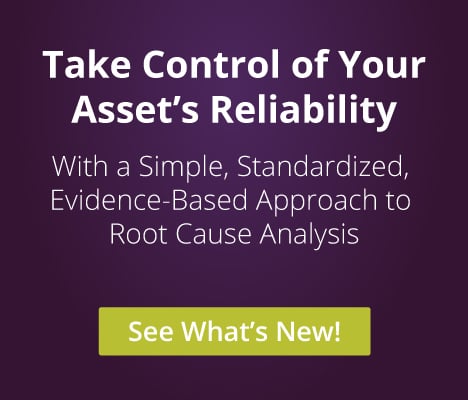Leadership Learned the Hard Way
I have learned a few lessons about leadership over my 30-plus years, starting at the early age of 19. I put on my first tool belt as an electrician’s helper in my dad’s company at the ripe old age of 12 where I worked weekends and summers to make spending money. By the time I was 16, I was excited to be able to drive myself to my own jobs. I worked through high school and technical school, graduating and becoming a crew chief at 19. The rest of the story is, well, a learning experience still in progress today.
I was thrown into the fire of learning about leadership early in life. I was tested many times. Some tests I passed and some I failed miserably. I was lucky in my career to be mentored by the late Dave Richmond, who taught me what leadership should look like. I would like to share a few lessons I have learned and served me well. I was taught a good leader leads, guides, teaches and removes obstacles.
To lead. What’s the difference between a manager and a leader? A manager “manages” what is in his responsibility, no matter if the situation is good or not. A leader recognizes the situation is poor and sets a vision for a better outcome through interaction and input from his team. Leaders will then lead the group to identify the gaps that make conditions poor. They will use the team’s experience to find a more effective way of performing their tasks, which will benefit all.
To guide. Leaders, as previously mentioned, will engage their people to identify the gaps and put a plan together for moving the group forward with improvements. It is not the leader’s plan; it is the team’s plan. They now have buy-in to the effort and the approach on how to address it. The leader will simply monitor and provide guidance to ensure the team does not get off track and they achieve their goals.
To teach. There will be times in which the team or an individual does not have the knowledge or skills to perform a task, either in their normal work day or perhaps in their involvement with the improvements the team is designing. A leader should recognize this through communicating regularly with the team. Once the opportunity for improvement is known, the leader should help the person (or team) identify options for helping and develop a plan that is achievable. It could be as simple as on-the-job training with a more experienced co-worker (maybe even the leader) or formal training, etc. A good leader will ensure his team is well trained and experienced in their duties.
To remove obstacles. As your team begins to understand roles and empowerment to move the group forward, they will, on occasion, run into obstacles that require the leader to step in and help. This is a crucial point in both the team’s and the leader’s relationship. It is very easy (and oftentimes it happens) for the leader to give excuses as to why he can’t support the team in removing the obstacle. It could be that something must be done requiring personal interaction, which might be deemed “uncomfortable” to the leader. It might require conversations with either peers or even higher positions to get the roadblock removed. This is a real trial for some and can hinder people trying to be the leader they wish to become. Change makes people uncomfortable. A true leader will have the courage to stand up for his team, go after the needed changes and remove those roadblocks in order to make his efforts and the team’s efforts successful.
In conclusion, lead your people by providing a vision for the future, guide them as they build the changes needed, teach them when they need help and remove the obstacles that will prevent them from succeeding. These few items will help in your quest to be a better leader to your team. Good luck!
This article first appeared in the March 2015 issue of BIC.
Topics: Article, Leadership

Posted by
Nexus Global
Recognized globally, across various industries, for delivering sustainable solutions that optimize both the organization’s assets and processes to yield a ROI of 10:1 or greater. Nexus Global Business Solutions, Inc. has been a worldwide leader in asset performance management and maintenance consulting, coaching and training for 15+ years.



